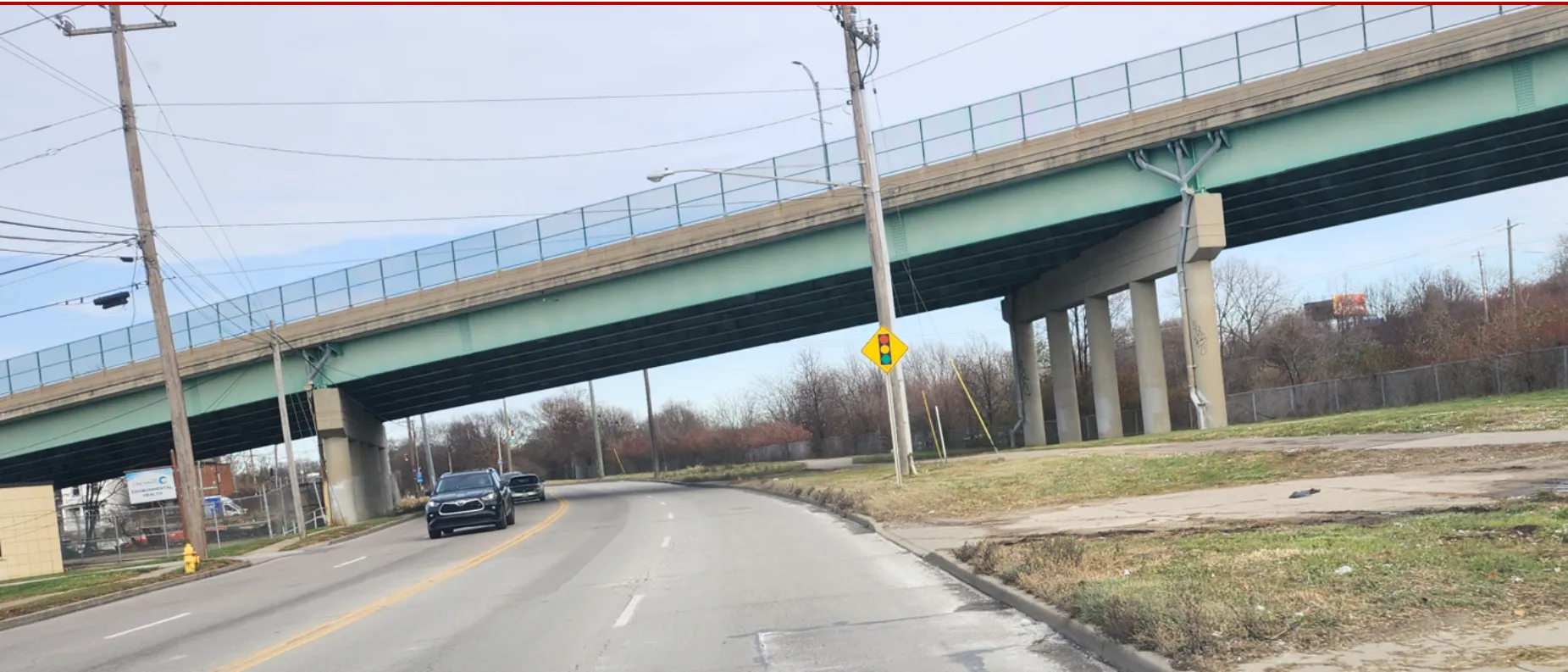Our Approach to Reading and Interpreting Heavy Civil Contract Drawings

From cost estimating to project scheduling, and other project control discussions.
Reading and Interpreting Heavy Civil Contract Drawings
Project Challenges
- Which drawing elements should you use in reading and interpreting State DOT contract drawings?
- Did you know that contract drawings are dependent on the item of work, meaning that what is depicted on a contract drawing depends on which item of work is in the contract?
- What potential problems can arise if contract drawings are misunderstood?
- On a scale of 1 to 10, how would you rate the importance of knowing how to read and interpret contract drawings?
Project Context and State-of-Practice
One might assume that, since reading and interpreting construction drawings are essential skills in the construction industry, interns or recent graduates are usually taught or exposed to how to read them in college.
Unfortunately, many recent graduates lack a solid understanding of reading and interpreting construction drawings when they enter the industry.
Interestingly, most employers also do not teach these skills because they assume that recent graduates are already prepared.
The challenges of reading and interpreting contract drawings for the first time are not limited to interns and recent graduates; they also affect seasoned professionals when they are assigned items of work they have never handled before.
We understand these challenges because we’ve been through them. We know that interpreting heavy civil construction drawings for the first time across various projects and State DOTs is difficult, and most construction professionals would agree.
Let’s be frank about the issue: poorly read and misunderstood contract drawings are the main cause of most construction problems and disputes.
Specific Solutions from Our Webbook
After an in-depth review of the typical drawing elements on most State DOT drawings, we compiled a detailed list of these elements for each item of work discussed in our webbook.
What makes our approach unique is that the drawing elements are presented within the context of the items of work, making it easier to relate each item of work to specific drawing elements.
Most textbooks on plan reading and interpretation are generalized, and they lack context. This approach makes it hard for learners to see the connection. We all know that plan and profile drawings for roadway pavement structure differ from those for roadway excavation or for mechanically stabilized earth (MSE) walls.
Master the fundamentals of heavy civil construction with our webbook. Gain solid expertise, practical skills, and add value to the heavy civil organizations you work for.
The screenshots below show our approach to simplifying reading and interpreting contract drawings. In our webbook, each item of work is followed by a table of drawing elements, and in some cases, we add an interactive game to assist with identifying them.